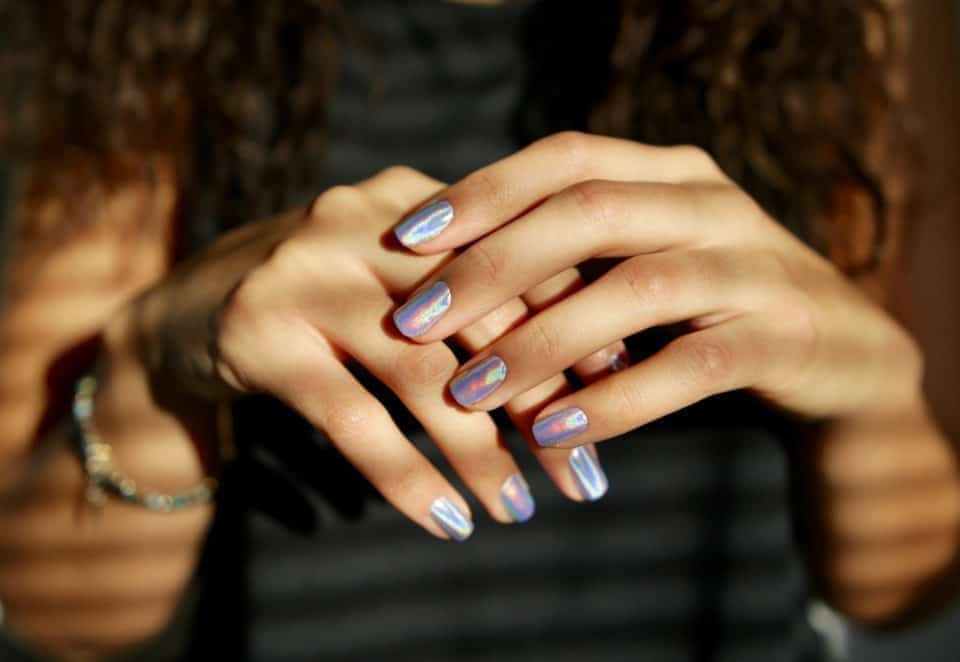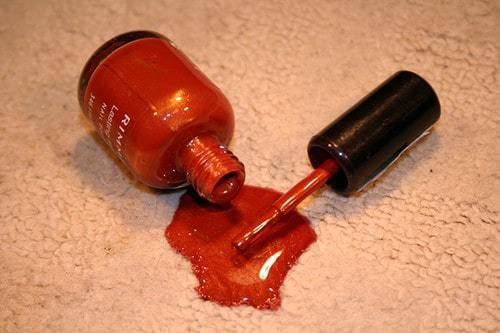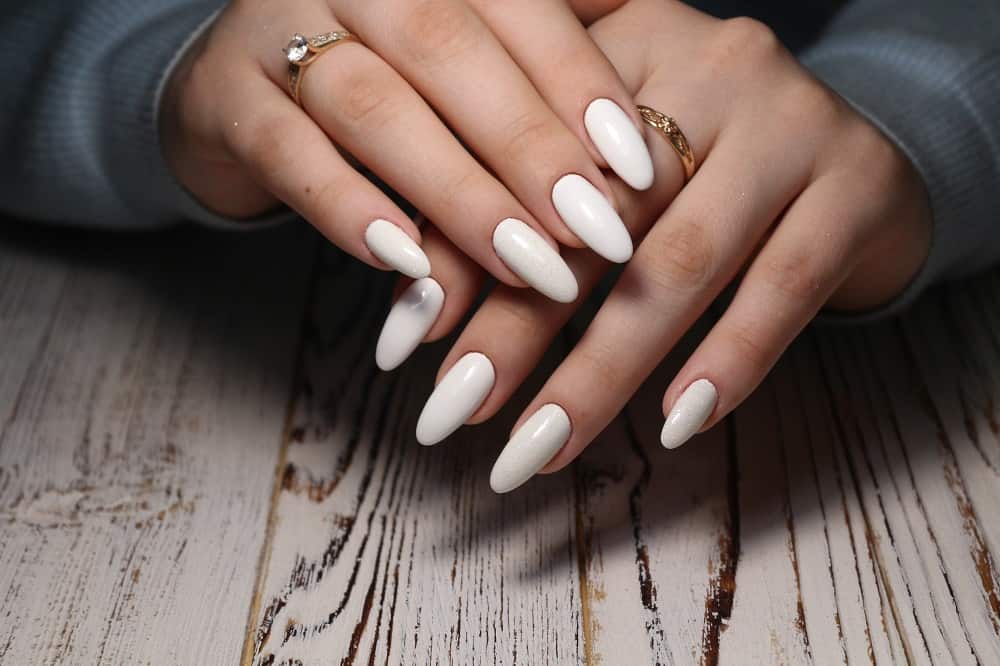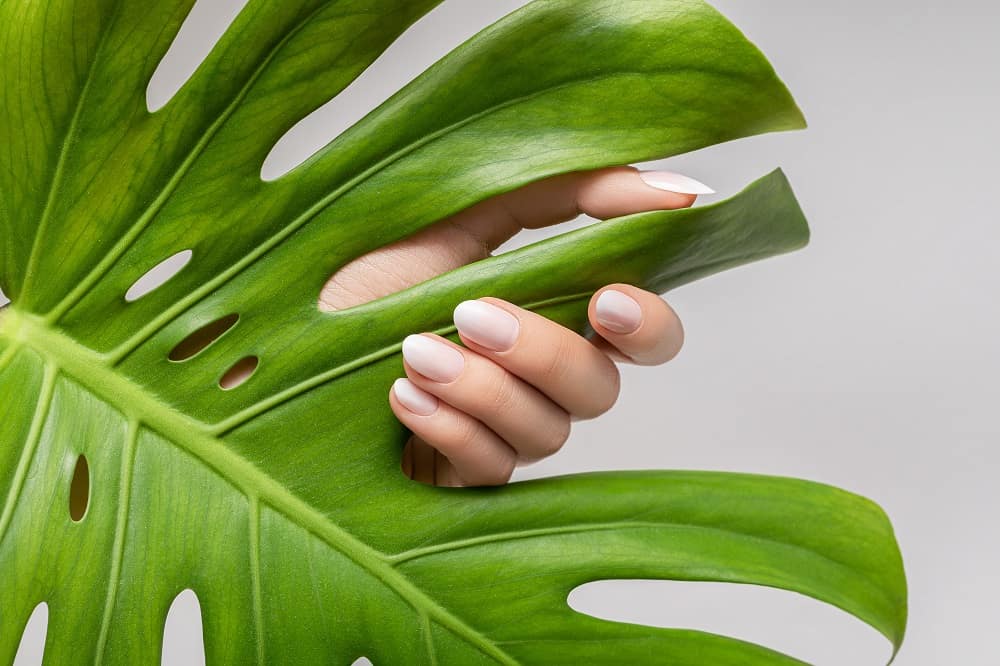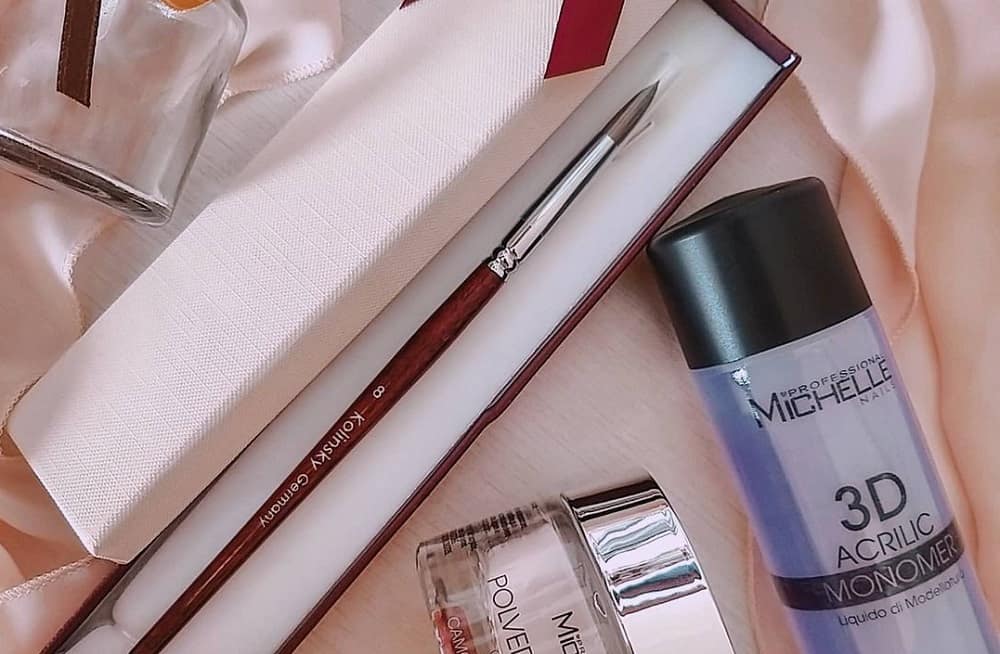Quick Guide: How to Remove Shellac Nail Polish At Home
Shellac is relatively a newer brand and type of nail polish created by CND (Creative Nail Design). It is a tentative mix of chemicals that is unlike any other forms of nail polish and surely nothing like acrylics and gels. This stuff when applied and cured, is very shiny and appealing and on average lasts about 2 weeks without chipping or cracking. Some have reported that it lasts them a month with proper care, with usual re-touches counting in the nail growth factor. But to remove shellac nail polish at home before it fades away automatically can take some time. So if you apply it, prepare to take the burden!
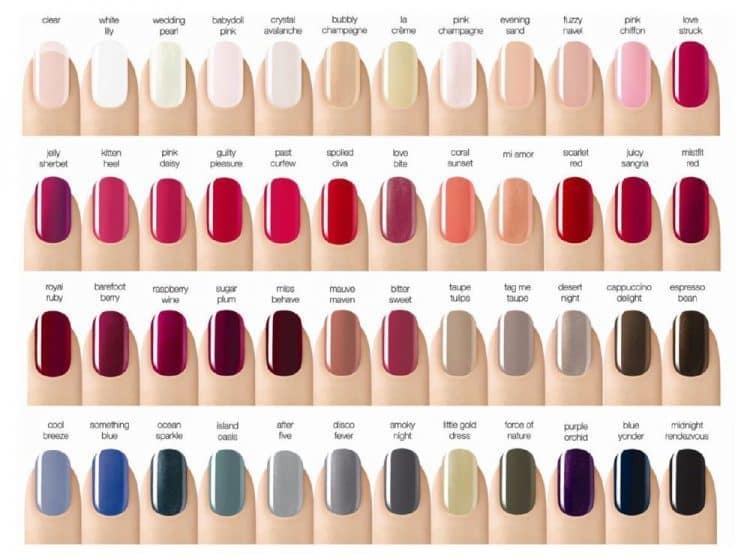
The application method for Shellac is like that of a traditional manicure, but an advantage of Shellac is that it uses UV light treatment for successful application between layers. Therefore the drying time is reduced and the time it takes for the manicure is reduced considerably. However, the disadvantage here is that it is not recommended to apply at home as a DIY. Shellac application should be done by a certified nail technician at a salon since it uses UV light for drying. UV light beds are not easily available and require much care when handling because too much UV light exposure is bad for your skin. It is also suggested that before applying Shellac, you should use a suns screen to tone down the negative effects of UV light on your skin, considerably.
Unlike acrylics and gels, Shellac should be applied to healthy nail beds and cuticles to have maximum effect. Unhealthy nail beds may possibly cause early chipping and cracking. Shellac is comparatively healthier for nails. The unique blend of chemicals means that the shellac is actually porous. Therefore, this lets you take care of your nails and cuticles preventing you from having dehydrated or weary nails and cuticles. Adversely, since it’s a porous substance, you should take care when using cleaning chemicals for household chores. The chemicals can creep through the varnish and therefore, can damage the health of your nails and cuticles. It may also cause a bit of wear and tear of the nails. Therefore, it is highly recommended that you should apply moisturizers punctually to your hands.
After an average of up to 2 to 3 weeks, your shellac nails will start losing their shine. Cracks and chips will start to appear. This is the time when you should think about removing shellac from your nails. Since shellac is a powerful combination of varnish and gel, having great capability to withstand day to day wear and tear; it is, therefore, not very easy to remove. It is a very clingy substance with high volumes of adhesiveness. Rushing into taking apart shellac can cause damage to your nails. Pulling off the chips of shellac will actually also pull off minute layers of your nails making them weak and shallow and susceptible to other types of damage. It is thus advised that a nail technician should be the one to remove shellac from your nails.
How to Remove Shellac Nail Polish
There are, by and large, two popular methods of removal. They are more or less the same whether you decide to have shellac removed by a professional or you decide to do it yourself.
#1. Soaking

In this method, nails are dipped and soaked in a bowl containing acetone for 10 minutes. The higher the concentration of acetone, the easier the removal of shellac. Normal nail polish removers will be ineffective for removal of shellac. However, you should note that acetone causes dehydration of nails and cuticles but the effects can be largely countered by using and applying excess cuticle oil before soaking them in acetone. It is recommended that you should keep the nails soaked for a full 10 minutes even if chips of shellac have started to come off and appear in the bowl. You can begin working on removal of shellac with a manicure stick and scrape the stuff from your nails from the tip of your cuticles towards the outer part of your nails. Finally, you should wash your hands with soap and warm water so that all the shellac and acetone scum is separated from your hands. Apply a moisturizer and/or cuticle oil after the process to rehydrate your nail bed.
#2. Wrapping

This method also uses acetone but removal process is different. It also uses cotton and aluminium for removal. Firstly, you should cut sterile cotton pads in small balls enough to cover up your entire nail beds for each finger. Similarly, you should cut the aluminium in thin strips so that they can be wrapped around your complete nail beds. As with the previous method, it is recommended and advisable to apply cuticle oil before you use acetone. To begin, soak the cotton balls in acetone completely and place them on your nail beds and secure them by wrapping aluminium around it sealing them. However, you should take care not to tighten the aluminium too much since it can tear open or can cause blood circulation problems. It should just be enough to hold the cotton balls atop the nail beds. After applying the aluminium strips, you should press them from time to time to make acetone come in contact with your nails. Leave the aluminium and cotton on for about 10 minutes for effective removal of shellac. Also note that acetone evaporates quickly so you should use it in excess and do not let the aluminium stay for more than 10 minutes because there is a risk of cotton being stuck to your nails due to evaporating acetone. After removing the aluminium and cotton from your nail beds, use the manicure stick to scrape of shellac from your nails as in the previous method. Use a buffer to remove the remaining scum. Wash your hands with soap and warm water as before and use a moisturizer and cuticle oil to rehydrate the nail bed.
The above mentioned ways are the most effective and widely used methods for removal of shellac. However, nail technicians are better equipped for removing shellac from your nails while taking care of your nail bed and cuticles.
All in all, shellac is a great substance for an attractive manicure. Although,it is hassle free and easy to maintain due to its endurance against wear and tear; the use of UV light in its application and the use of acetone in its removal are a considerable health risk, therefore, you should take great care when you use shellac.
